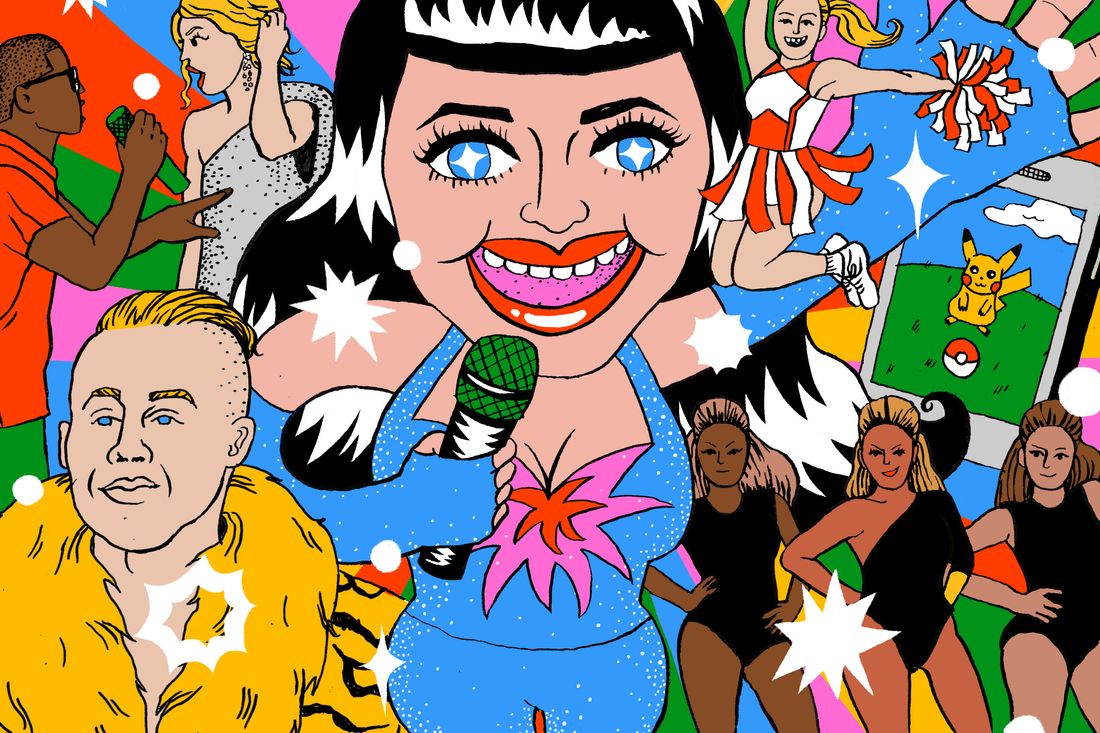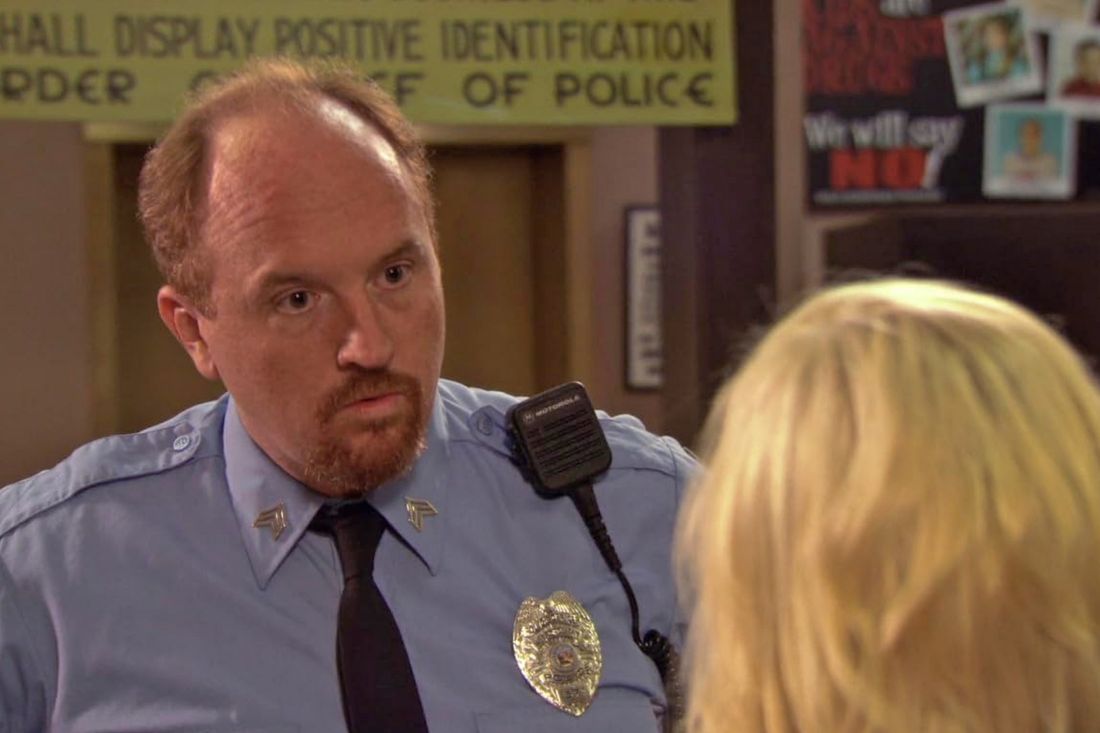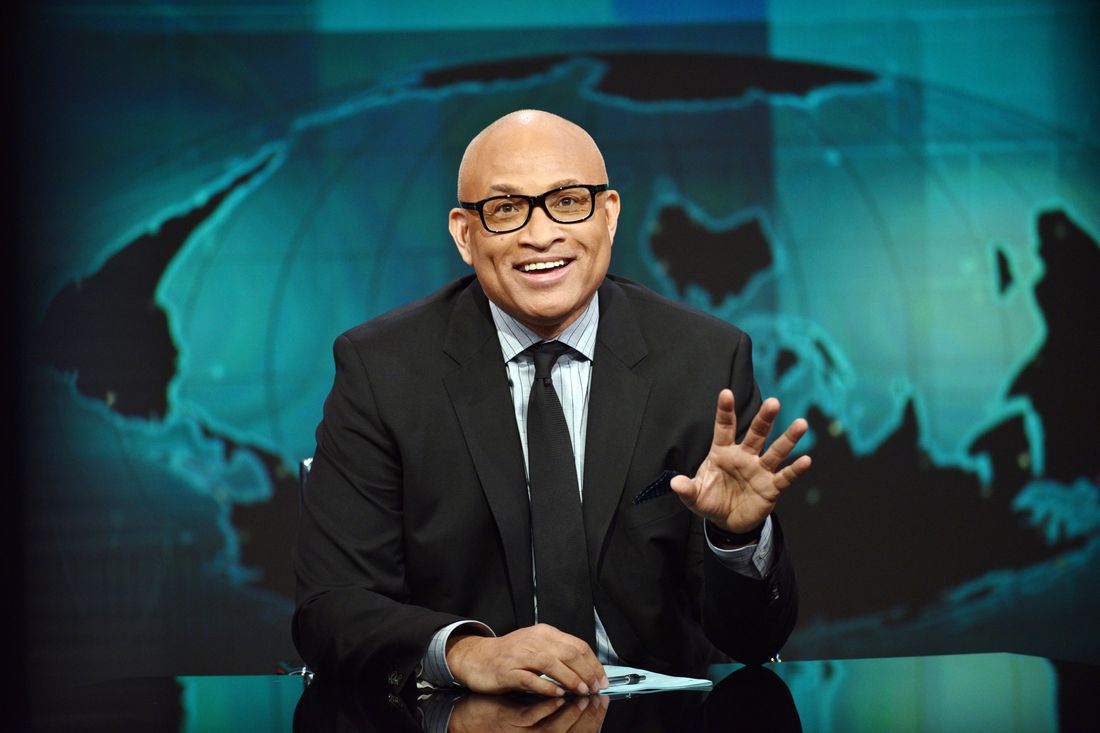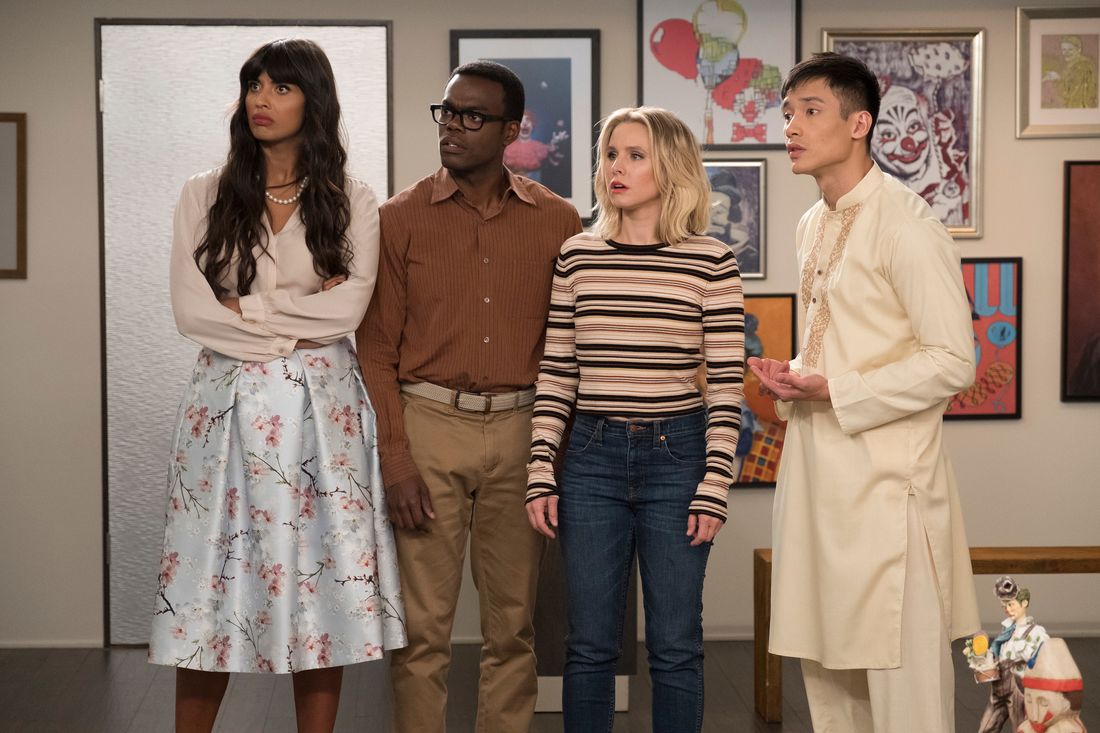
As someone who was a young adult during the Obama era, I can’t help but feel a sense of nostalgia tinged with bittersweetness when I look back at those years. The optimism, the hope, and the seemingly endless possibilities felt like a breath of fresh air after the tumultuous Bush years that preceded them. I remember the excitement surrounding the election of the first Black President, the energy that surged through us all as we danced to the turbo-pop beats and sported undercuts.
Over the past month, American politics has taken on a surreal quality, much like playing a Ouija board. Democrats and those who support them seem to be caught up in a fantasy that they’ve been contacted by a long-forgotten force, though it might just be their own actions moving things forward. The message supposedly received from the other side reads “Yes We Can.”
Reframed, the text could read: We’ve resurrected the spirit of the Obama era – that time filled with hope, optimism, enthusiasm, celebrity-driven fervor, self-conscious awkwardness, and cringe-worthy moments. This era appeared to be long gone as recently as mid-July, when Katy Perry’s “Woman’s World” attempted to rekindle the sound of the mid-2010s but failed. However, just two days later, Donald Trump survived an assassination attempt and seemed invincible in his electoral might, barely challenged by the aging incumbent in the White House. The nation appeared to be drifting towards autocracy until the unexpected rise of Kamala Harris shook things up. As Tim Walz enthusiastically noted, she has brought “the joy” back. Within hours of Harris joining the Democratic ticket, Fire Island twunks sported matching Kamala crop tops. CNN pundits debated whether Kamala was considered a brat. Barbie-themed “Madame President” signs popped up on lawns. Megan Thee Stallion danced at a rally. Cynthia Nixon sipped from a coconut. This campaign is built around an atmosphere, rather than the other way around.
The period we’re referring to is often called “Obamacore” – this term reflects the surge of optimism, brightness, and freshness that swept pop culture following the election of our first African-American president in 2008. This mood persisted until around eight years later when things began to change. During this era, we saw the rise of shows like “Glee,” albums such as Taylor Swift’s “1989,” and the musical phenomenon “Hamilton.” Despite their apparent differences, these works were all birthed from a shared sentiment – the sense of a new beginning, a generational shift, and a national renewal. As Liz Meriwether, creator of the Fox sitcom “New Girl” put it, there was an enthusiasm to embrace the novel, a faith that new things could be beneficial. This era represented a departure from the cynicism and snark associated with George Bush’s years, offering instead sensitivity, approachability, and relatability. It was a time when figures like Aziz Ansari wrote books about modern dating alongside sociologists, porn star James Deen discussed bacon, and Louis C.K. portrayed a cop on “Parks and Recreation.”
As a child of the Obama era, I can attest that it was indeed a captivating interlude between the tumultuous Bush years and the contentious Trump presidency. For many progressive individuals like myself, it felt like an age of unbridled optimism and hope, a fleeting moment of innocence before reality set in. It was during this time that I remember donning my costume as Max from “Where the Wild Things Are” and eagerly reading Hipster Runoff to keep up with the latest fashion trends and cultural zeitgeist – all while the War on Terror raged on and the wealth gap continued to widen.
Openly Admitting: The platform you’re currently using contributed significantly to the development of Obamacare. We stood tall against the prevailing beliefs and chose our battles. It would be dishonest to deny our involvement and futile to justify it. If delving into the cultural Zeitgeist of Obama’s era, particularly its pop-culture, seems like excessive introspection, rest assured, that’s exactly what embodies the essence of that period.

Courtney A. Kemp, who later worked on CBS’s The Good Wife, remarked that there was an optimistic spirit similar to Reagan’s “Morning in America” during Obama’s election. She recalled the famous “Hope” poster, which inspired her daughter’s name. Kemp stated, “We truly believed in those ideals.” After Obama won, she pondered: if you were a Black American who had been taught that there would never be a Black president, and then this belief was proven false, it could mean that many limiting beliefs about what one could accomplish were incorrect. This insight directly influenced the creation of Power, a Starz crime drama about a former drug dealer turned legitimate business owner, which Kemp co-created in 2014 with 50 Cent, and has since led to four spinoffs.
It took years for Power to make its debut on TV, but Beyoncé’s “Single Ladies” swiftly captured the excitement during Obama’s election and inauguration period, becoming a symbolic anthem. Music was the first to embrace the new era, with the hit song of summer 2009 announcing that tonight would be a fantastic night. Songs from Obama’s first term continued this trend, expressing optimism: “There’s a party in the U.S.A.”, “the dog days are over”, “it’s always a good time.” Rachel Platten, the singer-songwriter of “Fight Song,” describes the popular sound as being “sparkly” and characterized by big pop production, featuring large drums, grand synthesizers, and powerful choruses.”
Stepping into the theater of history, I found an air of hopefulness that was palpable. Four years had passed since an election that saw the echoes of the Vietnam War’s legacy reverberate once more. Obama’s victory symbolized a shift, a generational change that didn’t necessitate drugs to recall the vibrant ’60s. The appointment of Conan O’Brien to the Tonight Show desk in September 2009 was a triumph for Generation X, but when Jay Leno regained his seat shortly after, it felt like more than just a late-night swap – it seemed like an attempt by the Baby Boomer elite to reclaim the influence they had lost.
During the years following the Great Recession, many millennials found themselves in an extended phase of maturity we started to call “adulting.” Simple tasks like paying bills or cooking meals were given new significance. Meanwhile, instruments such as ukuleles and xylophones, which had typically been confined to elementary schools, gained popularity on YouTube. As Megan Amram, a writer from the era’s most optimistic sitcoms, Parks and Recreation, and The Good Place, put it: “Back then, being honest was seen as being genuine.” This sentiment was reflected in the confessional comedy of Marc Maron, the music of tUnE-yArDs, and the candid scenes in Girls. In fact, a conversation between two characters while one was on the toilet, as depicted in the pilot episode of Girls, became a common visual representation of raw honesty during this era.
In some parts of the internet, it was like a playground for adults, whereas elsewhere, student council meetings were being held. Carri Twigg, a former special assistant to President Obama and co-founder of a company producing stories with social relevance, recalls that faith in our institutions was strong because they had shown themselves capable of exceeding expectations. The election served as proof that these institutions could live up to their commitments, by embracing individuals who were not initially part of their intended support structure. (She emphasized that this was at a specific point in time.)
Over time, after consistently challenging authority, society unexpectedly discovered that power wasn’t entirely negative. The fanbase that grew around Obama’s presidential campaign expanded to include notable figures such as Paul Krugman from the New York Times, justice Ruth Bader Ginsburg, and later, Hillary Clinton. For a while, institutions like the Supreme Court and the papacy seemed open to promoting social justice. In an unexpected twist, a sitting president was more likely to join in late-night comedy skits rather than be their target. Comedian Aparna Nancherla, who worked on Totally Biased With W. Kamau Bell and Late Night With Seth Meyers during this time, says, “At the time, everyone felt that moment couldn’t be tarnished. He seemed almost untouchable, pun intended.”
the advancements made by America over 240 years reached their zenith during the Obama administration.
Expertise, too, was back in vogue. French economist Thomas Piketty briefly became a left-wing crush object. People found it endearing when Neil DeGrasse Tyson nitpicked the science of Hollywood blockbusters. As our nation’s deepest thinkers sought to prove they had a sense of humor, so did comedy find itself invested with newfound importance. “Comedy started being treated as prestigious, which meant the writers were smart people thinking deep things,” says Amram. “There was this feeling that as a comedian, you had a responsibility to educate.” In the Parks and Rec writers’ room, she recalls a responsibility to “say intelligent things and make people feel good,” and also “a responsibility for gender and racial harmony.”
During this time, many well-regarded comedies served as moral lessons about the right values in today’s society. The most impactful was FX’s “Louie,” which paved the way for shows like “BoJack Horseman,” “Master of None,” and later “The Good Place.” These shows seemed to suggest that a better world could be achieved if art showed its viewers how to live, implying that there was a model for life within them. This notion contained an inherent didacticism, as Nancherla explains, arising from the growth of antiheroes a decade prior: “A comedian’s mind often wonders, ‘This person does a lot of harmful things… But could they ever consider, Maybe I should stop doing harmful things?'”

During Obama’s second term, there seemed to be a fresh wave of storytelling possibilities, but comedian Larry Wilmore, a former Daily Show alum, didn’t see it as lowering the barriers to entry within the industry. Shows like ABC’s Black-ish and HBO’s Insecure, which he co-created with Kenya Barris and Issa Rae respectively, weren’t easy to get on air. “It wasn’t easy,” Wilmore admits, explaining that at the time it felt like they had no chance.
The following year saw me stepping up to host “The Nightly Show with Larry Wilmore” on Comedy Central. On its debut, which aired on Martin Luther King Jr. Day, I posed an intriguing question to my guest, Cory Booker: “You look quite dapper in that suit; do you ever feel like you’re just one hoodie away from being face-down on the pavement?” Reflecting on it now, I recall the pushback we faced. Viewers who were accustomed to The Colbert Report’s right-satire weren’t quite prepared for our bold, racially charged show hitting them squarely in the face. Unfortunately, Comedy Central decided to pull the plug on The Nightly Show in August 2016, 17 months after its premiere. By then, I had gone months without any communication from the network.
When Damon Wayans Jr., who initially starred in the pilot of New Girl before moving on to another TV series, rejoined Meriwether’s cast during season three, she recounts having questions like, “How can there be two Black actors on the same sitcom?” (Lamorne Morris had been a part of the show for two seasons at that point.) The “token person of color” mentality was widespread back then. The notion that it’s not enough to just have a Black actor in your show, but rather require genuine Black representation throughout the cast, wasn’t yet commonplace in boardrooms during that time, she says. “It was still, ‘You can be a doctor or the quirky person who works at the 7-Eleven,'” Nancherla says. “It felt like we hadn’t truly progressed.”
Gradually, the television industry also began to evolve. As Kemp puts it, “It may sound a bit idealistic, but I believe that the era played a role in making diverse voices a little more acceptable.” The term frequently used back then was “underrepresented“. People in the entertainment field often preferred metaphors and similes over directness. However, we could discuss feminism in a different light, which is precisely what “The Good Wife” represented. We started to have more straightforward conversations about race as well.
Occasionally, these circumstances resulted in trailblazing art: the chaotic (predominantly white) characters from shows like “Inside Amy Schumer” and “Broad City”, hit series created by nonwhite individuals such as “Scandal”, and series featuring prominent LGBTQ+ characters like “Transparent” and “Orange Is the New Black”. However, just as frequently, the culture revealed a shallow, insincere, or flippant approach to social matters – for instance, a white rapper’s apologetic Instagram post after winning a Grammy, the reboot of “Ghostbusters” featuring an all-female cast, and the misinterpretation that a Christmas song from the 1940s secretly addressed rape.
During this era, thinkpieces, personal essays, and BuzzFeed articles flourished, with the idea that one’s identity serves as a basis for authority being widely accepted. The opposite perspective was a fixed belief that particular identities came with predefined values, beliefs, and behaviors, as J.P. Bremmer explained this year. It became common practice to use demographic notes as a quick way of judging morality: when Salon wrote in 2012 about “men (always men) who think comedy needs an ‘edge’ to be funny,” readers assumed the view was incorrect. Unsurprisingly, this perspective led to widespread mimicking of cultural identities, ranging from the innocuous imitation of Rosie Perez’s dance by the Broad City girls in a TV show, to the more harmful actions of Rachel Dolezal and Miley Cyrus at the 2013 VMAs.
When outspoken progressivism was both something to be celebrated and an undeniable social trend, how could you tell who was in it for the right reasons? The battle lines were often blurry. Were male feminists something to be proud of, or — as in the case of Nev Schulman’s 2014 elevator selfie — derided? When a white indie rocker said something tone-deaf about R. Kelly, whose side should you take? In the second term especially, these pop-culture controversies became a pressure-release valve for passions the political system could not accommodate and helped foment a destabilizing backlash.
Towards the end of Obama’s presidency, signs of strain began to emerge. For many white liberals, this era sparked self-reflection that often morphed into unawareness, as exemplified by the case of Lena Dunham and her work. On the progressive side, there was a mounting frustration with the superficial nature of mainstream discussions on representation, aptly mocked in the cartoon featuring female drone pilots. On the conservative side, a wave of reactionary sentiment was rising, fueled by the fallout of 2014 – the year that saw events like the Santa Barbara shooting, Gamergate, and Duke’s controversial case.
In the White House, Twigg reflects on the second term’s administration adopting a more open and frank method when addressing racial issues: “We aimed to highlight certain individuals and acknowledge them in a manner that wouldn’t provoke resistance – at least, this was our intention.” Now she ponders if this strategy may have had an unintended consequence. “I believe we overlooked the fact that white people didn’t feel celebrated. To be frank, it’s a complex issue where I can relate but not necessarily share feelings. However, I think tactically, it was a lost chance to be more considerate about how we could facilitate everyone in celebrating their unique identity.”

The essence of Obamacore wasn’t spontaneously created; instead, it stemmed organically from the naive playfulness that characterized the hipster culture of the late 2000s. Blogs like “Stuff White People Like” and Vampire Weekend’s first album, which foreshadowed discussions about whiteness that would dominate the next decade, both appeared a year before Obama assumed office. However, unlike its gradual emergence, the Obama era didn’t gently decline. When the flaws became too glaring, the suddenness of November 2016 felt like waking up from a dream – as if those eight years had been an illusion that we were jolted out of.
As a devoted fan, I can’t help but reflect on the formative moments of “The Good Place.” In early 2016, the creative minds behind this brilliant show gathered for their first meeting, unaware that they were embarking on a remarkable journey. Little did we know, those initial days marked the start of an exciting, yet challenging chapter.
The sensation of hope transformed into sorrow. In the Kübler-Ross model, SNL’s Kate McKinnon portraying Hillary Clinton as “Hallelujah” was Denial. Expressing your sentiments about the election through the Oscars race between Moonlight and La La Land can be seen as Bargaining. Regardless of one’s opinions regarding Obama’s legacy, it became evident that the costs of those eight years were accumulating. As Kemp explains, “An acquaintance of mine said, ‘Now that Obama has been elected, we’ll all have to pay for that someday.'”
Trump’s presidency was succeeded by a period marked by numerous spin-offs of shows like Yellowstone and a comeback for Roseanne Barr. The occasional scandals involving men accused of misconduct, such as Woody Allen and Bill Cosby, sparked the #MeToo movement, revealing deep-seated corruption within power structures. Many well-known male advocates for feminism were also implicated in sexual misconduct. Kanye West publicly supported Trump. To those too young to have participated, the culture of the Obama era now seems cringe-worthy – Lin-Manuel Miranda biting his own lip being a lasting symbol. Matt Stopera, a blogger who may have been responsible for half of BuzzFeed’s content at the time, commented that much of what was popular then would seem unbelievable to Gen Z. They would say, “I can’t believe you were living in that world.”
As a music enthusiast, I found myself in the unique position where my song “Fight Song” – a tune penned from my own struggles – became an anthem for a movement that transcended me. However, when that movement faced defeat, I couldn’t help but feel a tad misconstrued. I remember thinking, “Hold on, don’t mock me. I merely wrote this to aid in my healing.” Fortunately, my spouse reassured me, “It isn’t personal.”
As a baby boomer who lived through the ’60s and witnessed the cultural revolution unfold, I can’t help but feel a mix of nostalgia and apprehension when I see echoes of that era in today’s society. On one hand, it’s heartening to see young people embracing activism and seeking change, just as we did during our time. However, I must admit that some aspects of the ’60s culture, such as the over-the-top fashion trends and the excessive use of technology, give me a sense of déjà vu that is both comforting and unsettling.
Read More
- TANK PREDICTION. TANK cryptocurrency
- ‘Starting 5’: LeBron James, Jayson Tatum and Jimmy Butler Among NBA Players Featured in Obamas-Produced Sports Series
- Skull and Bones: Gamers’ Frustrations with Ubisoft’s Premium Content Delivery
- IMX PREDICTION. IMX cryptocurrency
- W PREDICTION. W cryptocurrency
- Michelle Yeoh Will Not Appear in ‘Avatar 3,’ Says James Cameron: ‘She’s in 4 and 5’
- EUR INR PREDICTION
- PBX PREDICTION. PBX cryptocurrency
- ILV PREDICTION. ILV cryptocurrency
- Exploring the Hilarious World of Helldivers’ Ricochet Gameplay
2024-08-20 19:55